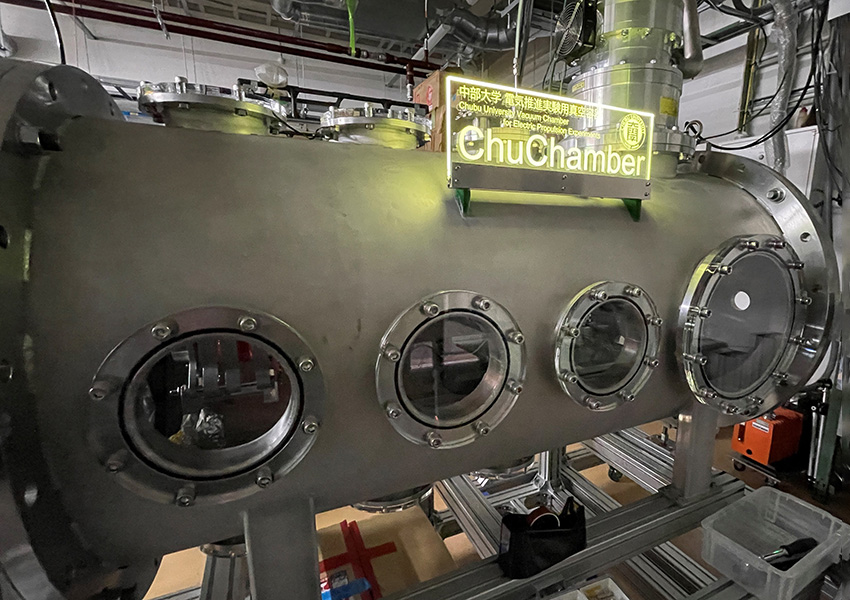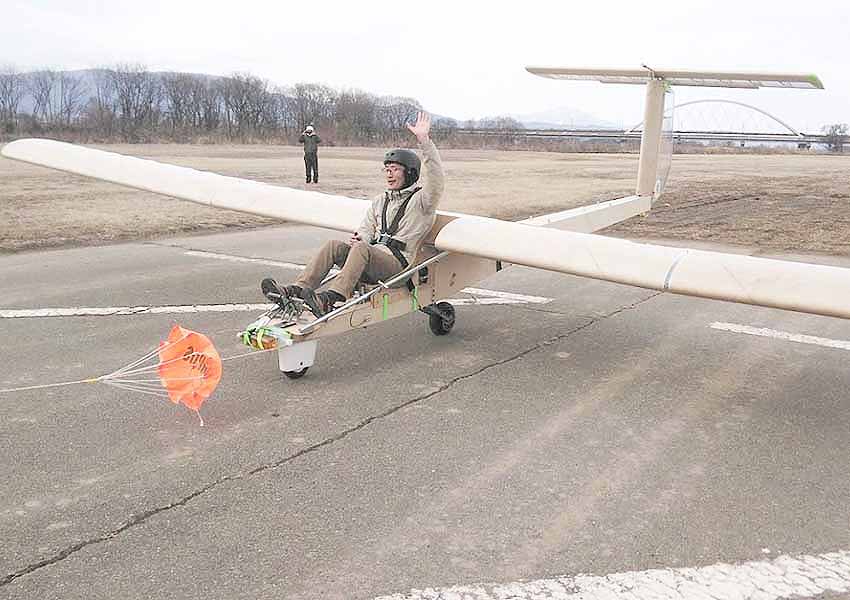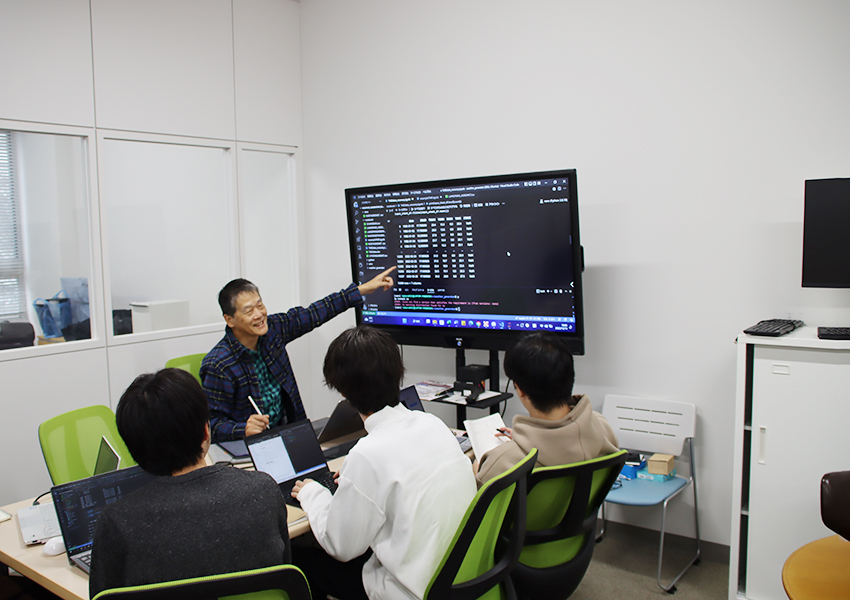About the Department of Astronautics and Aeronautics
Aerospace science and engineering is an interdisciplinary and comprehensive study that involves technologies related to the design, manufacture, and operation of aircraft, rockets, satellites, etc.; mathematics, physics, and chemistry that form the basis of these technologies; and the scientific elucidation of various phenomena related to aerospace.
In addition, since the development of aerospace vehicles is generally a large-scale international project, language and communication skills are required to enable international cooperation with experts from various fields.
In this major, students will build on the basic knowledge and expertise acquired in the four years of undergraduate study to acquire deeper expertise, a comprehensive international perspective, grit, and the ability to think logically and express themselves. They will receive advanced education in the three specialized fields (Materials and Structures, Fluid Dynamics and Propulsion, and Control and Information) that form the foundation of aerospace science and engineering and will participate in seminars and research conducted in each laboratory, as well as joint research with companies.
Graduates are expected to be active not only in the field of aerospace science and engineering, but also in mechanical, electrical, electronic, and information engineering fields, as well as new and unprecedented fields.
Introduction of the major
Materials and Structures
For aerospace vehicles, rockets and satellites, lighter yet stronger and more reliable materials and structures are desired.
To this end, education and research in this field includes analysis and evaluation of material properties and functions, proposal and fabrication of new materials and structures, high-performance and high-functionalization of structures and materials, and high-precision and high-efficiency machining methods for structural components.
Fluid Dynamics and Propulsion
For aerospace aircraft, safer, more environmentally friendly, and more efficient airframe shapes and engines are desired.
For this reason, education and research in this field includes aerodynamic design of aircraft and evaluation of flow field characteristics around objects, enhancement of the functionality and performance of aerospace propulsion systems and elucidation of their basic phenomena and of the physical mechanisms of electric propulsion systems for spacecraft.
Control and Information
Aerospace aircraft navigate using a variety of electronic, information, and control technologies.
The video, images, and other information acquired by these systems are used in many fields, including agriculture, the environment, manufacturing, and management.
In this field, education and research is conducted on navigation and control technology for aerospace aircraft, integrated use of spatial information such as satellite remote sensing, image recognition and processing technology using artificial intelligence, and high-performance measurement and diagnosis technology using images, sound, etc.

Electric thruster experiment vacuum chamber 
Student-Built Primary Glider FOP-01 
Critical discussion on the analysis result at a laboratory seminar

